Daryl Beattie and the blokes who were there helping him remember the Mulga man’s first 500cc victory
Thirty years ago Daryl Beattie scored his maiden grand prix victory on a Honda NSR500 at Hockenheim in Germany. At 22 he was the country’s youngest GP winner in any class to that time.
On 13 June 1993, Beattie became Australia’s seventh different premier class GP winner – and the race through the picturesque pine forests near Heidelberg was just his eighth 500 GP start.
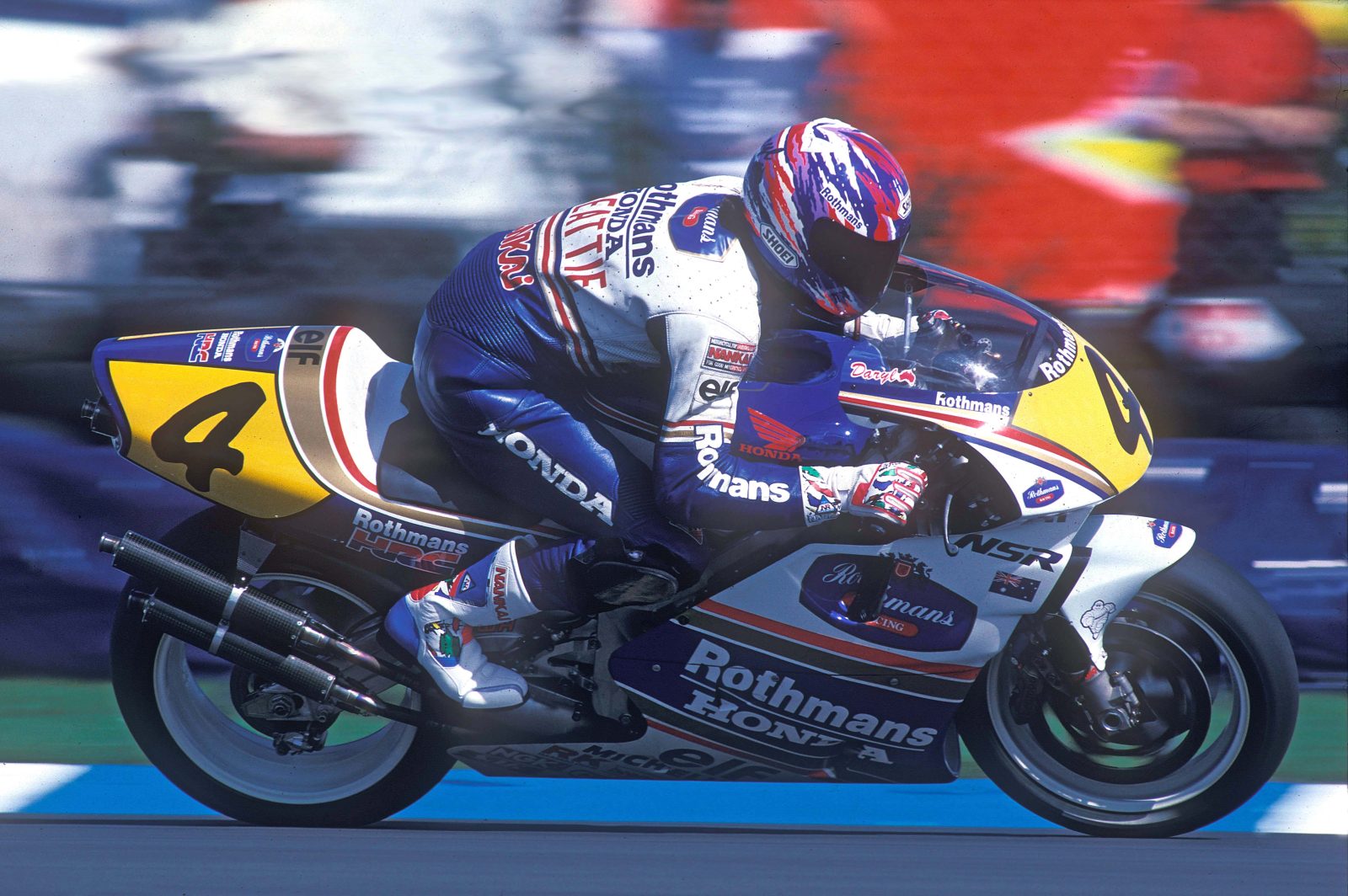
In terms of national statistics, it was the 34th premier class victory by an Australian rider. Today the tally stands at 128 by a dozen riders. Only Italy, Spain, the USA and Great Britain can claim more premier class wins. The Brits are 10 victories ahead of us and France is sixth on the list with 14, 11 by Fabio Quartararo.
Beattie’s race average speed of 203.25km/h made him Australia’s fastest GP winner. That mark was only ever bettered by Mick Doohan’s 203.86km/h at the same venue in 1994, the last time Hockenheim hosted a motorcycle GP. It has been substantially redesigned since.
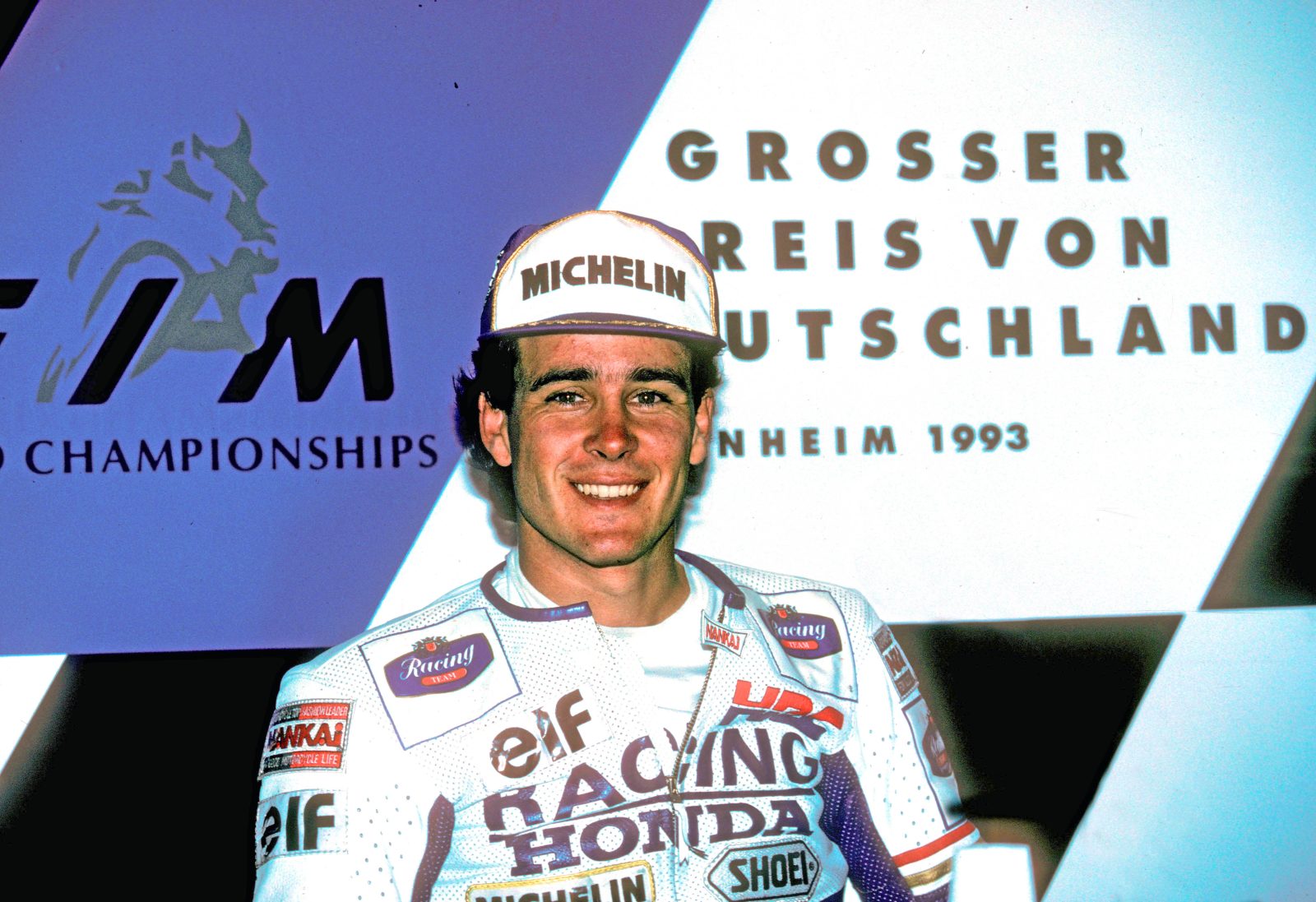
With four flat-out sections and three quick-ish chicanes, the 6.823km Hockenheimring layout Beattie rode in 1993 was famed for slipstreaming, but it also featured a series of tight corners in the stadium section.
Beattie moved to the grand prix paddock after two years in Japan riding four-stroke Honda RVF750s and 500s. In 1992 he had subbed for an injured Wayne Gardner at Eastern Creek and Shah Alam in Malaysia, before winning the Suzuka 8 Hours with Gardner and pipping Kevin Magee for the All-Japan 500 crown.
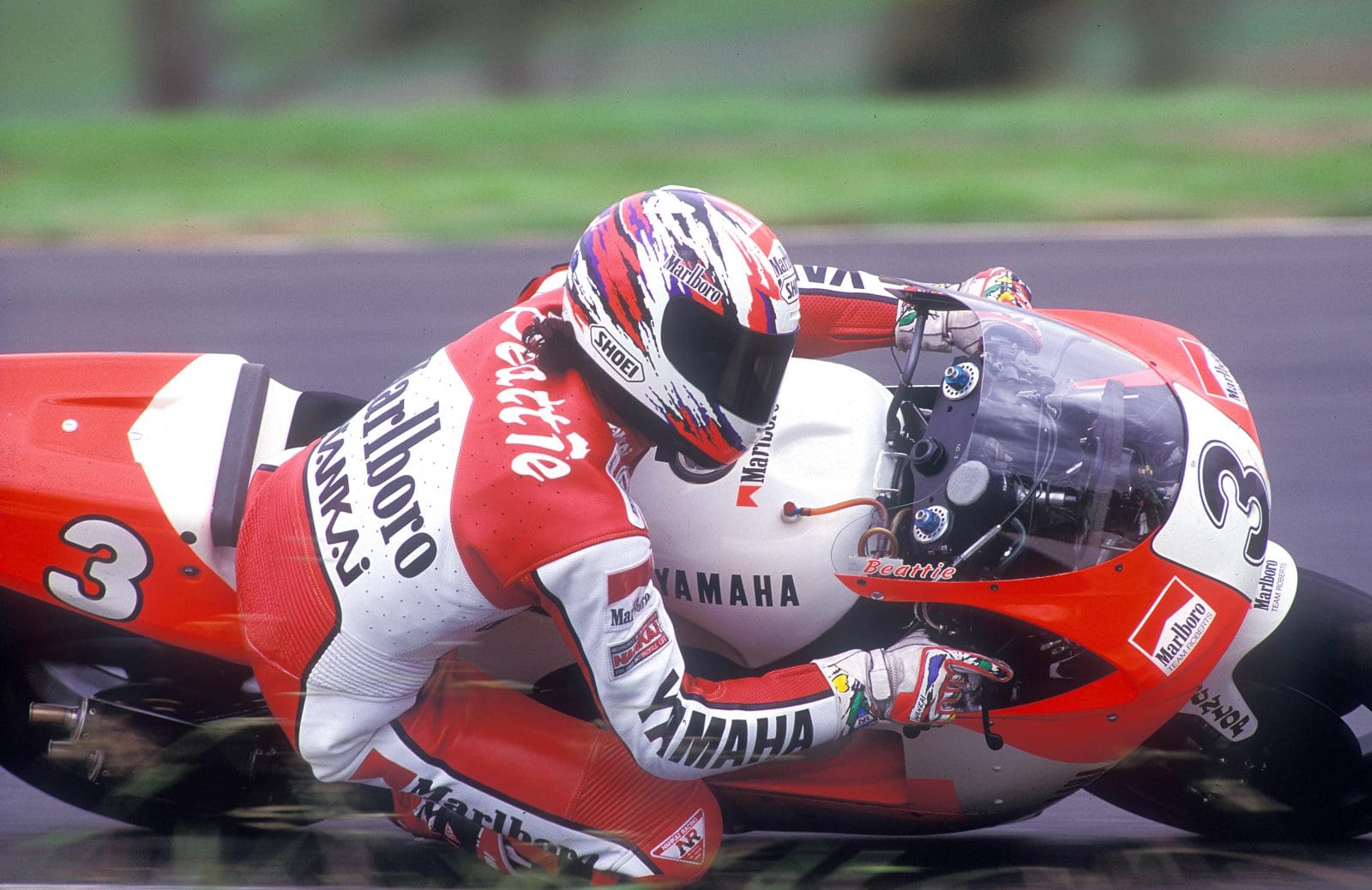
Beattie on the Team Roberts factory Yamaha in 1994 – it was a terrible season on many fronts
HRC’s 1993 500cc line-up was Doohan, 1991 All-Japan 500 champion Shinichi Itoh and Beattie. Two rookies and a man fighting back from a gruesome leg-injury saga. Gardner had retired from GP racing at the end of 1992, as had American four-time world champion Eddie Lawson.
Honda had pioneered the ‘big-bang’ cylinder firing arrangement in ’92, as an aid to rideability, but 500s of the day could still bite. Honda’s next development was PGM-FI fuel injection.

Beattie and Schwantz at Eastern Creek in 1994; the Aussie retired from the race and Schwantz was fourth
Beattie’s crew contained a Brit, two Australians (Alex Briggs and Doug Sharp), Kiwi Mark Barnett and a Finn. Famed Honda engineer Yoichi Oguma had signed Nick Davis in September 1992 to be a crew chief. The former paratrooper was delighted to be assigned to “a good young guy who had just won the Japanese title… a charming chap he is”.
Davis was soon clocking up serious air miles, beginning with a Michelin tyre test at Eastern Creek in November 1992. Sharp had been Beattie’s mechanic with Honda in Australia in 1989-90. He was new to 500 GP, as was 23-year-old Briggs. Beattie’s father Paul went as well, to drive Daryl’s motorhome in Europe.
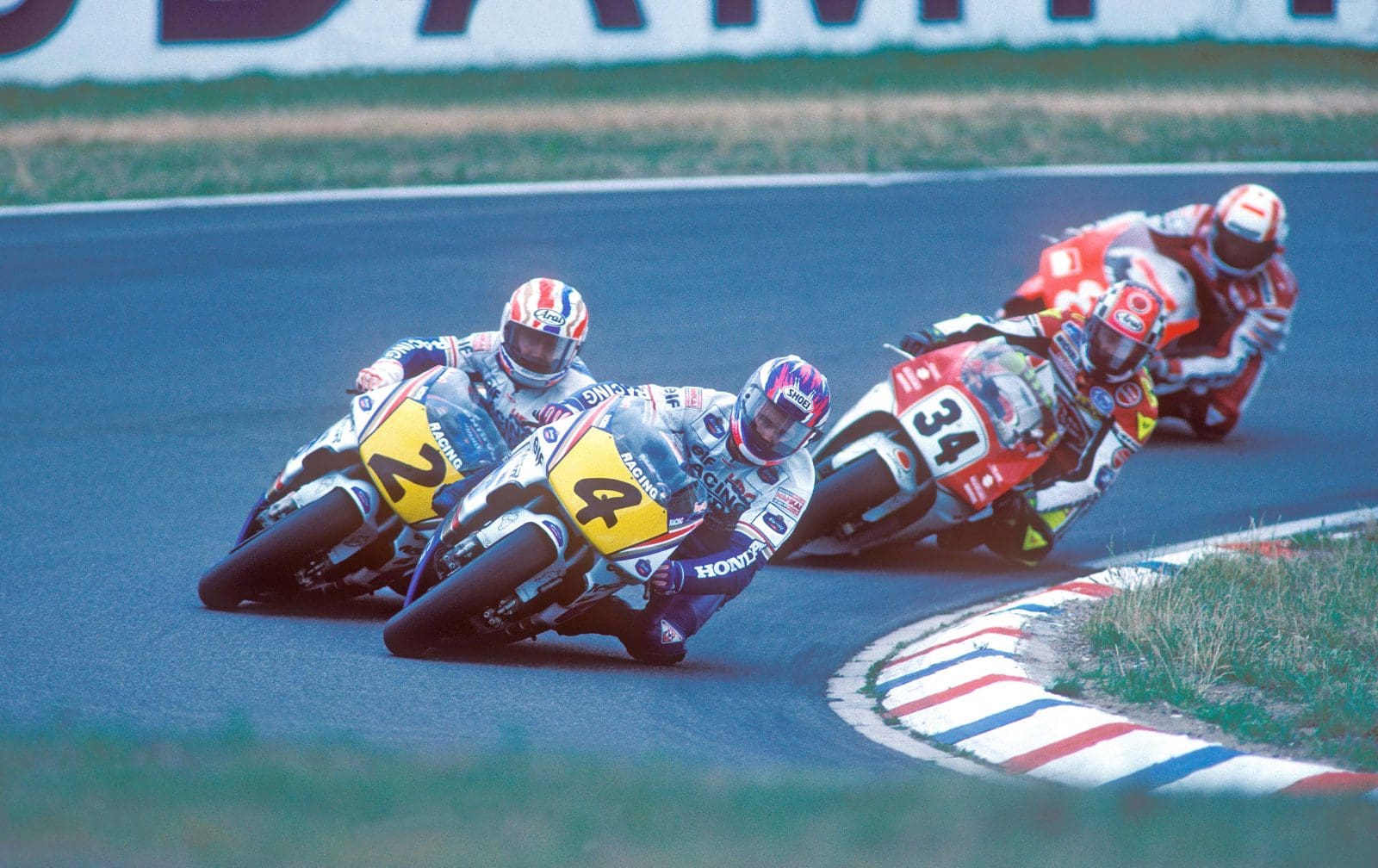
What an epic! Beattie, Doohan and Schwantz at Hockenheim in 1993 – Beattie’s first MotoGP win
We’ll let Daryl take up the story, beginning well before the ’93 season and tips from a four-time world champion.
“I went to California with Mick Doohan and we stayed with Eddie Lawson at his house in Upland,” he said. “We played pool and talked. Eddie was the guy I looked up to long before I got into grand prix racing. It was so cool to visit him. We talked about Hockenheim, slip streaming and tyre conservation.”

The AMCN headline from Hockenheim in 1993 said it all
Honda tested early in 1993 at Eastern Creek and Shah Alam. Machine issues put Doohan down the road at both tests, the second crash leaving him with a broken wrist and determined to stick with Keihin carburettors, which were well regarded then by riders and mechanics.
Beattie persevered longer with fuel injection and may have used it for the opening round at the ’Creek. He suggested Itoh was paid to race with it, and paddock insiders reckoned HRC paid bonus money for fastest top speed.
“It was like riding a bike with the carburettors not properly set up,” Beattie said. “Not as smooth as a carburetted engine. It made more power at the top-end but was not as good on-off throttle. The transition when you cracked the throttle was nicer with the carbs. You especially noticed it once the rear tyre was old and lost edge grip.”
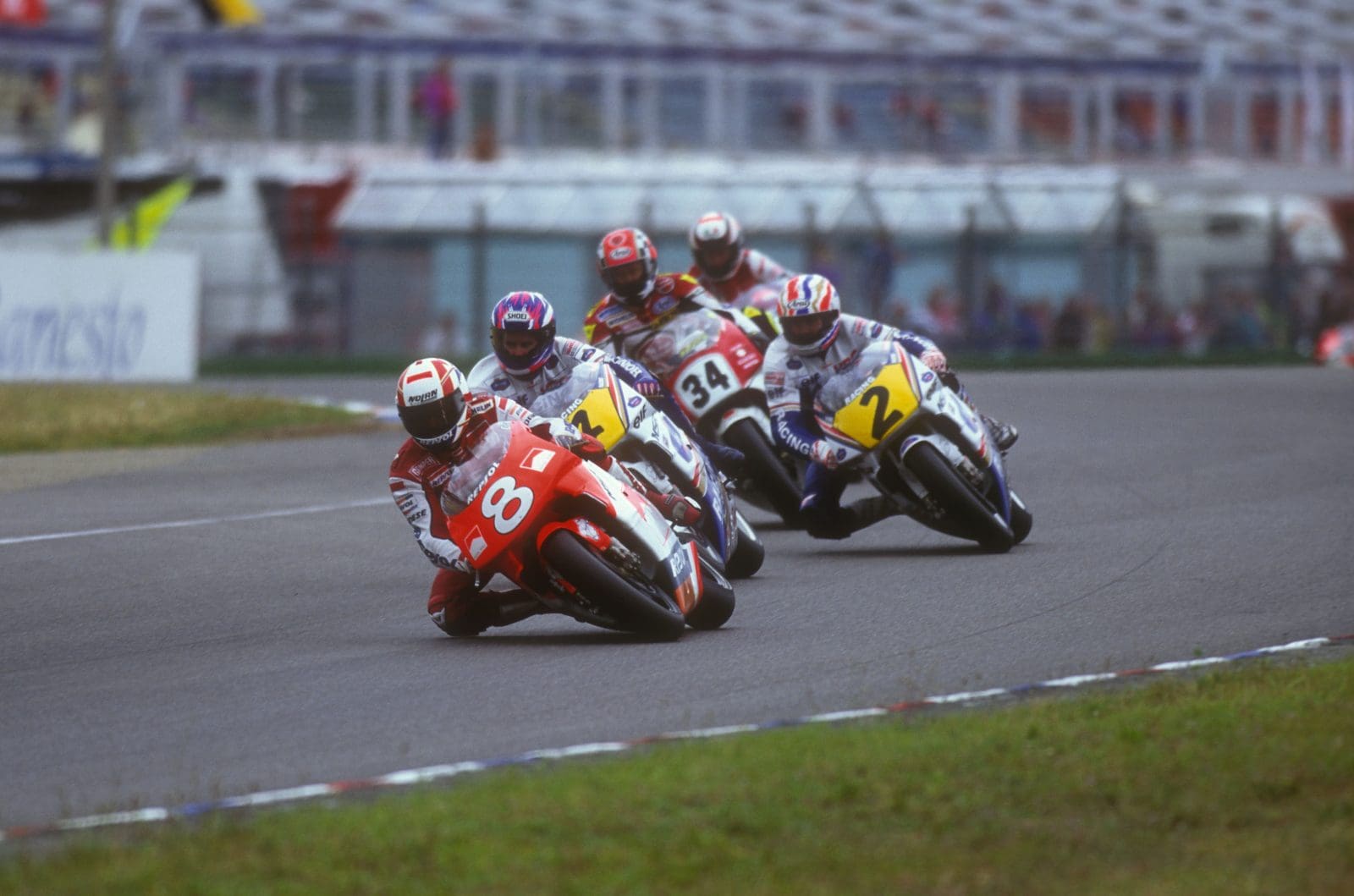
Criville (#8) leads the Hockenheim battle royale ahead of Beattie and Doohan
The first five races saw Beattie finish fourth at Eastern Creek, second in Malaysia, third at Suzuka, sixth in Spain and seventh in Austria. The win tally at that point was Kevin Schwantz (Suzuki) three and Wayne Rainey (Yamaha) two.
There was a break of nearly a month between Salzburgring and Hockenheim, and Beattie was in awe when he rode there.
“It was such a cool thing going so fast through the forest and the speed you arrive at those chicanes. You were knocking on 200mph (320km/h) at the time; that all made it special.”
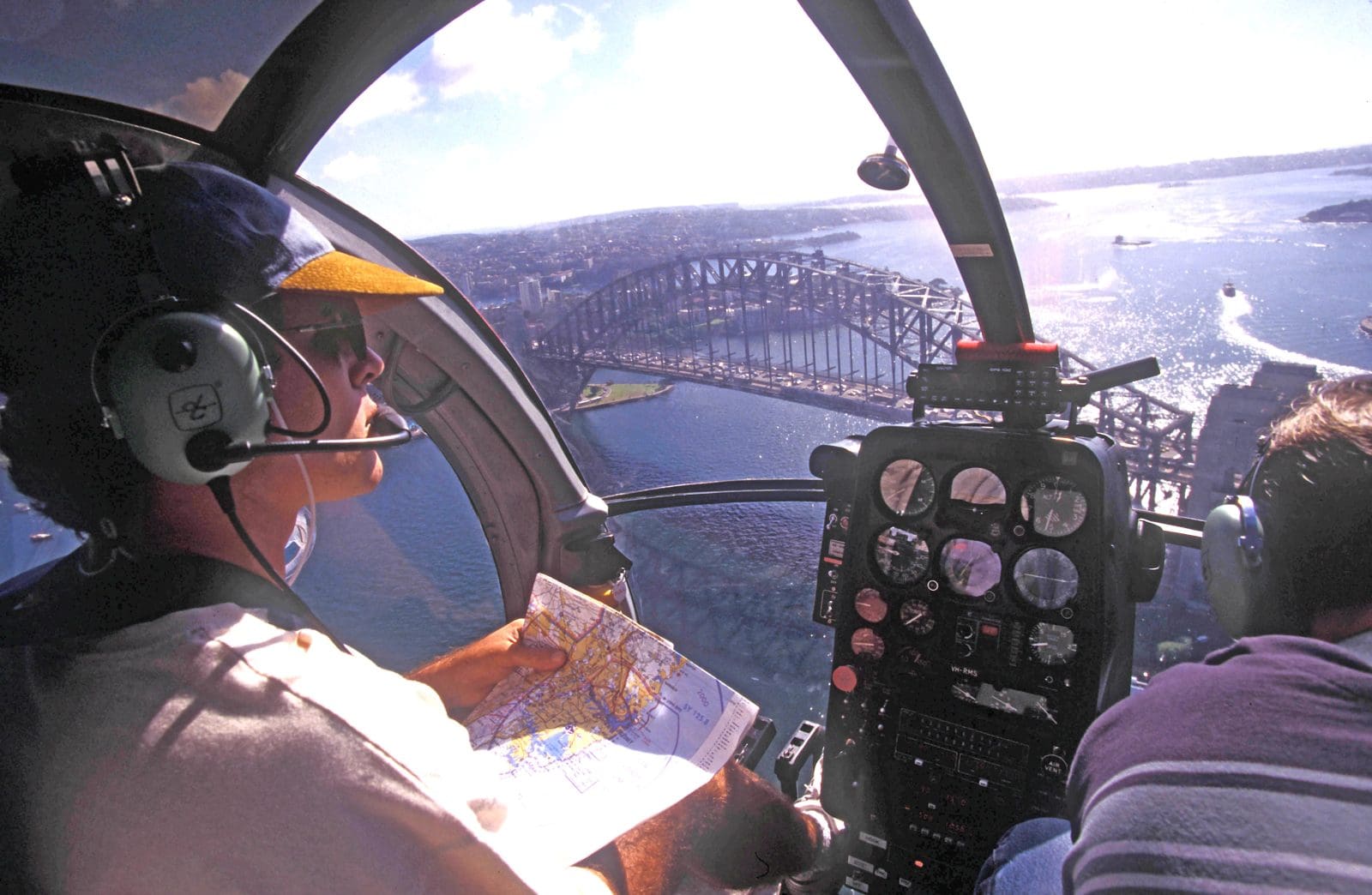
Old-school map, but flying quickly became a passion for Beattie after retirement
Itoh, using fuel injection, qualified fastest at 1m58.976s. In the race he was credited with the first 200mph top speed in GP history. Briggs said Hockenheim was a weird circuit for jetting, because it was cooler in the forest than in the stadium section and engines had to be jetted to suit the cooler air. He said Itoh was particularly good at making himself ‘slippery’ on the bike. “He must have spent some time in a wind tunnel, because he knew how to tuck his feet in and such.”
But Hockenheim was more than a test of speed. A new autobahn had been built in 1965, cutting off the previous section that ran into the Hockenheim township. Dutch circuit designer John Hugenholtz redrew the circuit, reversing the racing direction to clockwise and creating the Motodrom, or stadium section. After the blast through the forest, riders were confronted with a right-angled corner into this section.
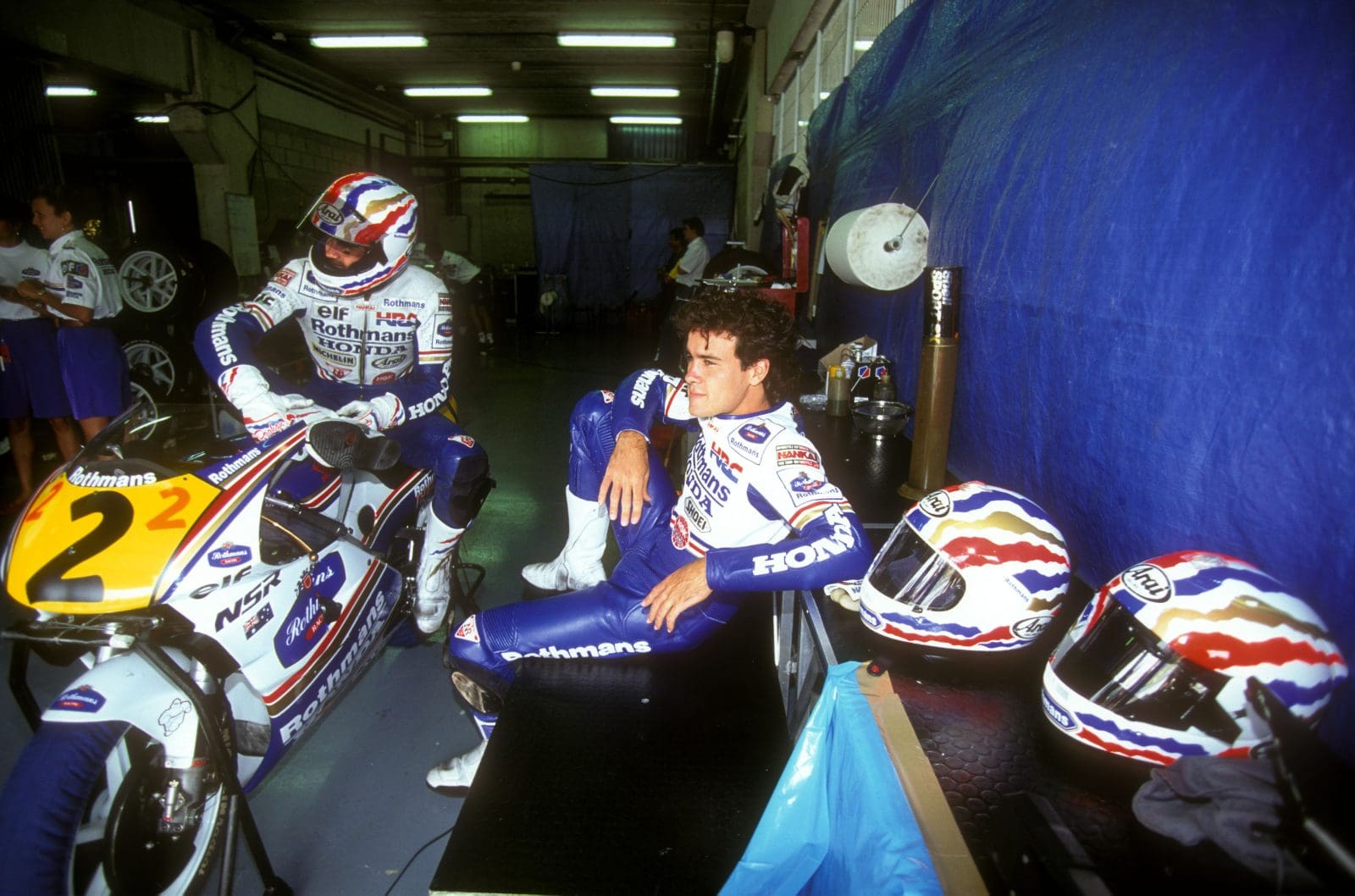
Two laconic Queenslanders…
It was tailor-made for demon brakers, and none was more demonic in that era than Schwantz. He had out-braked Rainey to win the 1991 German GP by a bare 0.01sec.
Briggs said his defining memory of Hockenheim practice in 1993 was Beattie having an engine blow up on him.
“One conrod went through a carburettor (GP 500s of the day having crankcase-reed induction) and the piston crown on that cylinder had the shape of the combustion chamber stamped in it.”
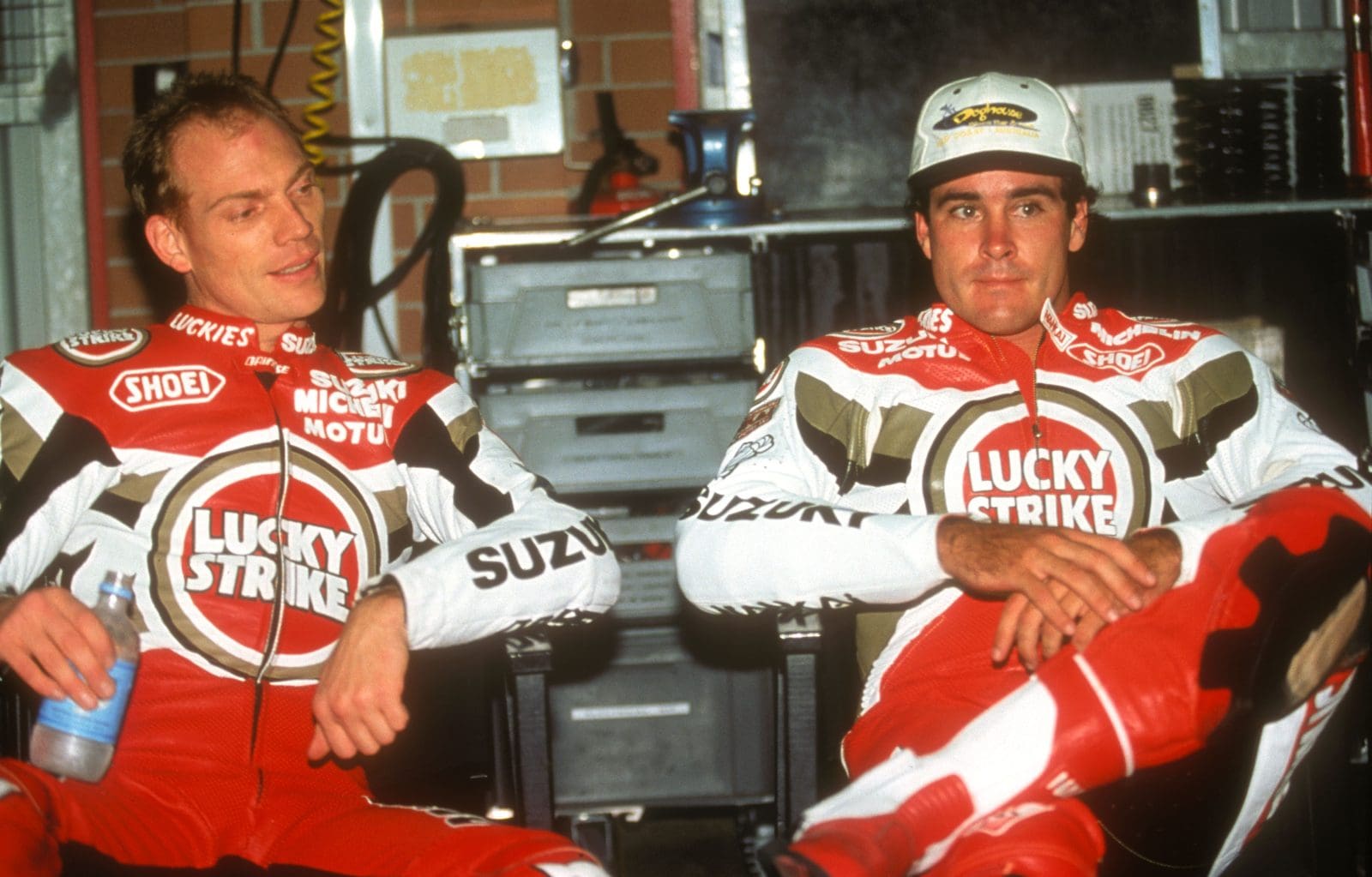
Beattie and American Scott Russell in 1996
Beattie takes up the story: “There were three or four guys at the front. Mick was strong, but he had a tyre issue with three laps to go. Wayne Rainey in it too, but the Yamaha struggled with speed there. Kevin Schwantz was always strong there with his late braking.”
Beattie led into the last lap, a position some considered not the best plan at Hockenheim.
“Itoh helped me in a way. I made a bit of a break. Kevin had to deal with Itoh and that didn’t leave him time to deal with me, so it worked out perfectly. To go there and win my first grand prix was an amazing feeling. I wished I’d taken it in more at the time. I was 22 then; approaching 53 now. It was pretty special.”
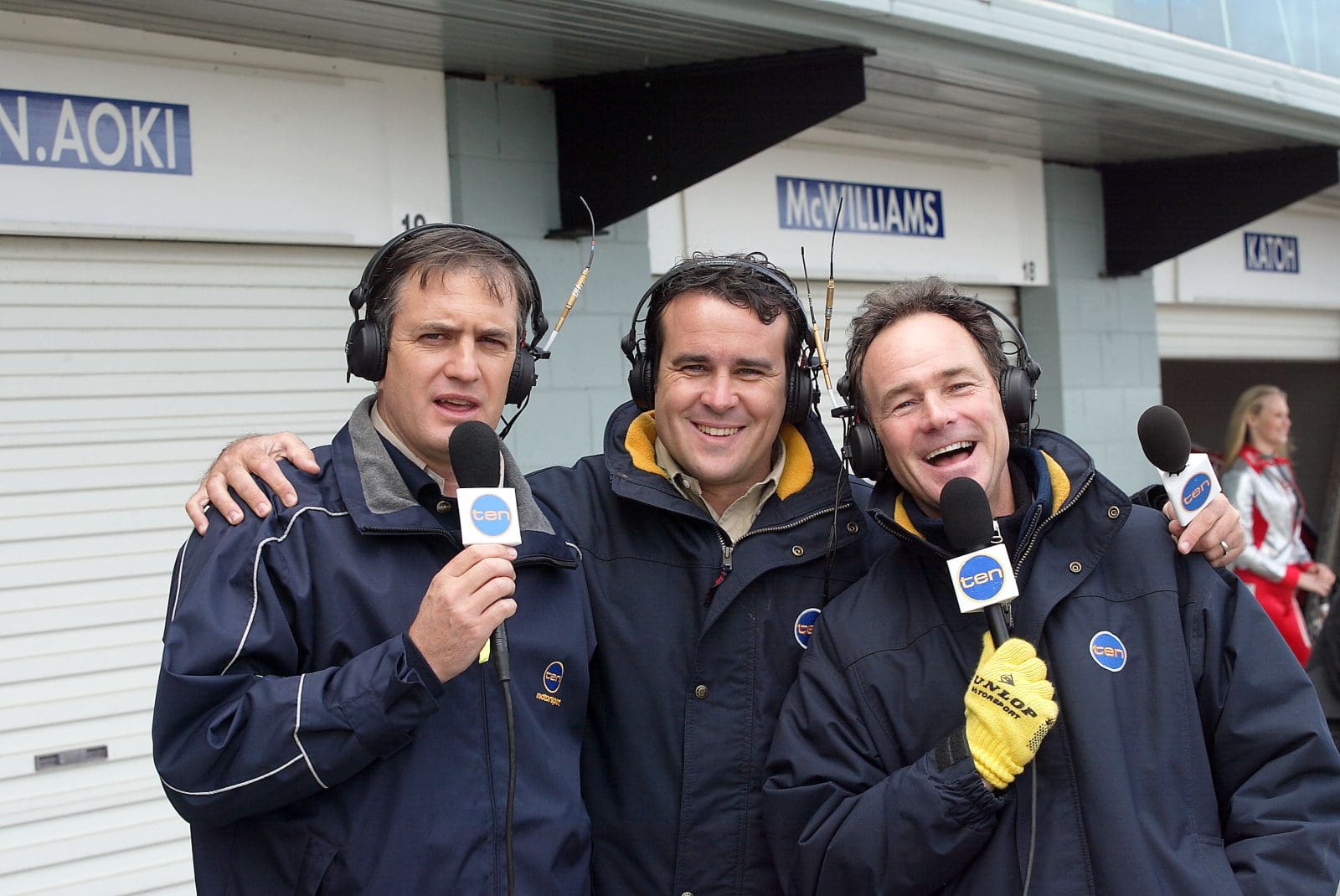
Channel 10’s slick commentary team: (L to R) Bill Woods, Beattie and the inimitable Barry Sheene
A race of 18 laps (122.8km) lasted just 36m5.425s. Schwantz finished 0.084sec behind Beattie, with Itoh a further 0.5sec astern. Alex Criville (Honda), Rainey and Cagiva pair Doug Chandler and Mat Mladin were next. There were 20 finishers and 12 retirements, including Doohan. Mick set the fastest race lap at 1m58.852s.
Davis joined Beattie on the podium to collect the maker’s trophy.
“Daryl had taken his first GP win; I was so proud. In fact, we had some great races and he finished third in the championship.”
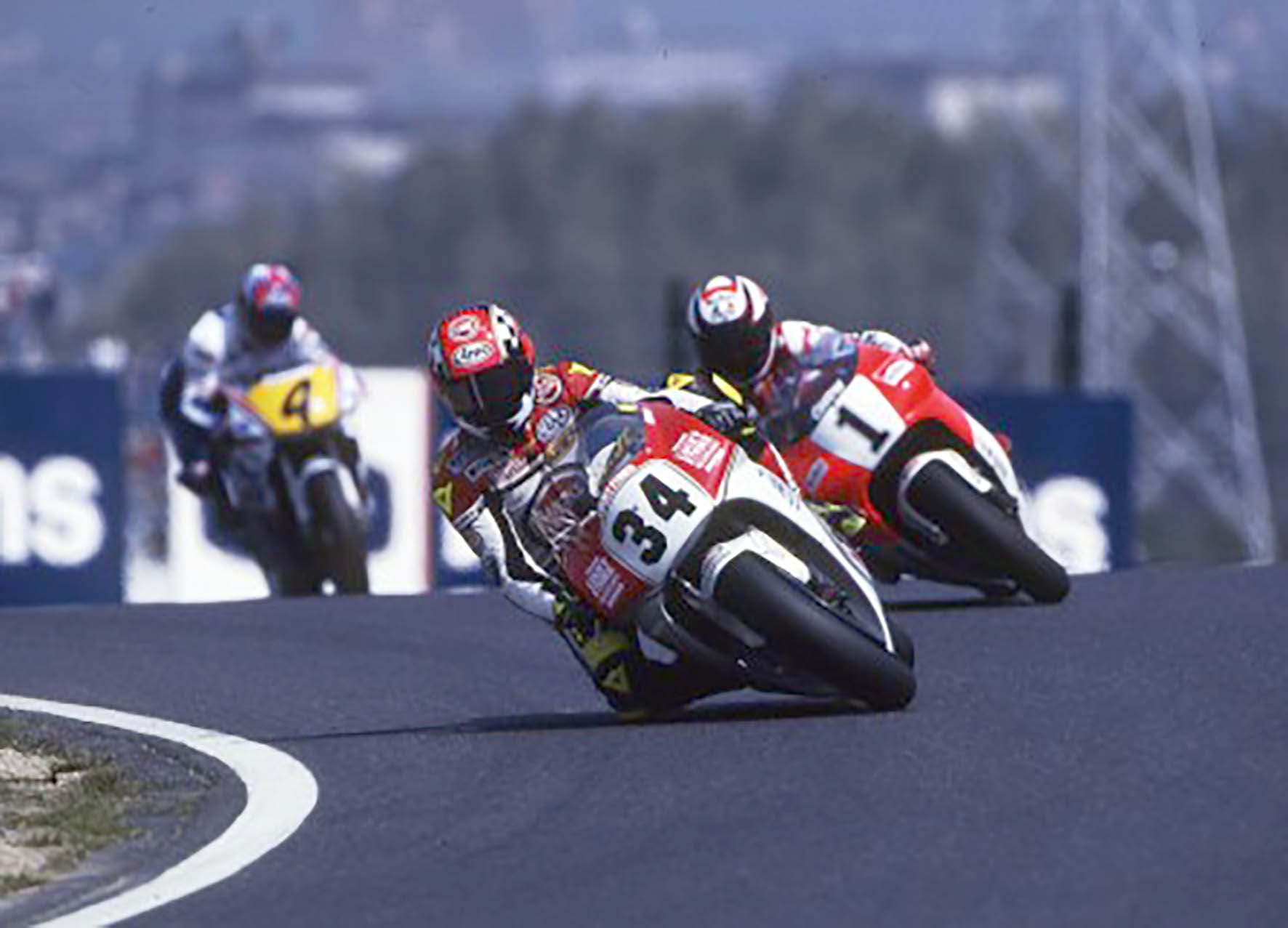
Schwantz, Rainey and Beattie at Suzuka in 1993, Beattie’s first as a fully fledged 500GP rider
Briggs recalls Beattie making the holeshot from the start, losing some ground and then coming back.
“Later in the race Mick looked like he was running away with it. I don’t remember how I felt at the time but I was always happy for the rider when they won and relieved that nothing went wrong. It was a cracking race and I am sure the other guys would have loved it. A
real race.”
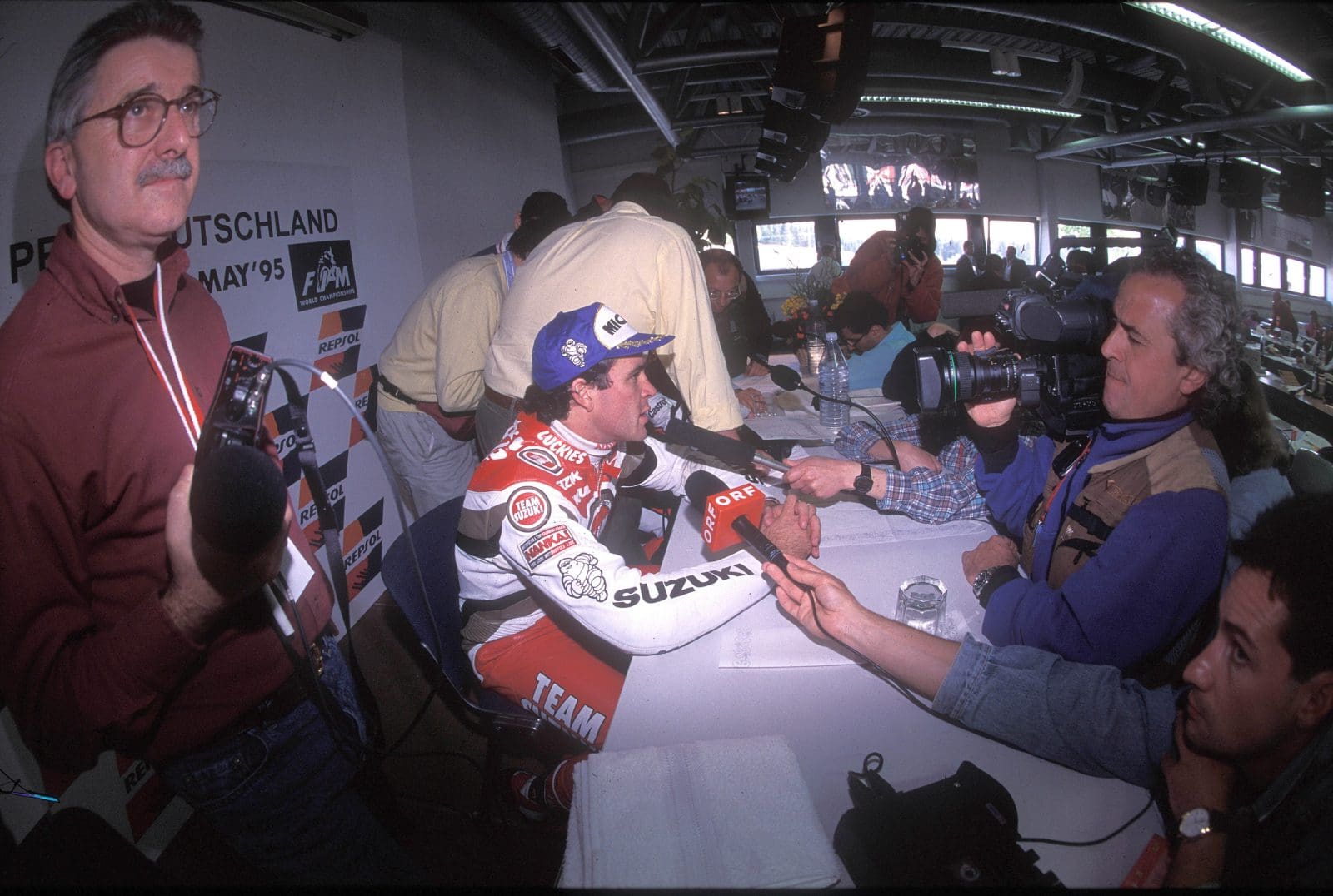
Beattie provides the lowdown on his third and final 500GP victory at Nurburgring in 1995
One disappointment was the attendance of 38,000. In 1991, the event had attracted more than 100,000 spectators. Then the new promotors, Bernie Ecclestone and Dorna, took over and pushed up ticket prices.
“Those were such fun times in Europe,” Briggs said. “Between races Paul Beattie would park the motorhome at Honda’s base in Belgium and we would stay in hotels.
“We’d watch videos on cassette in the motorhome, have barbecues or eat out. We had nicknames for all the local restaurants.”
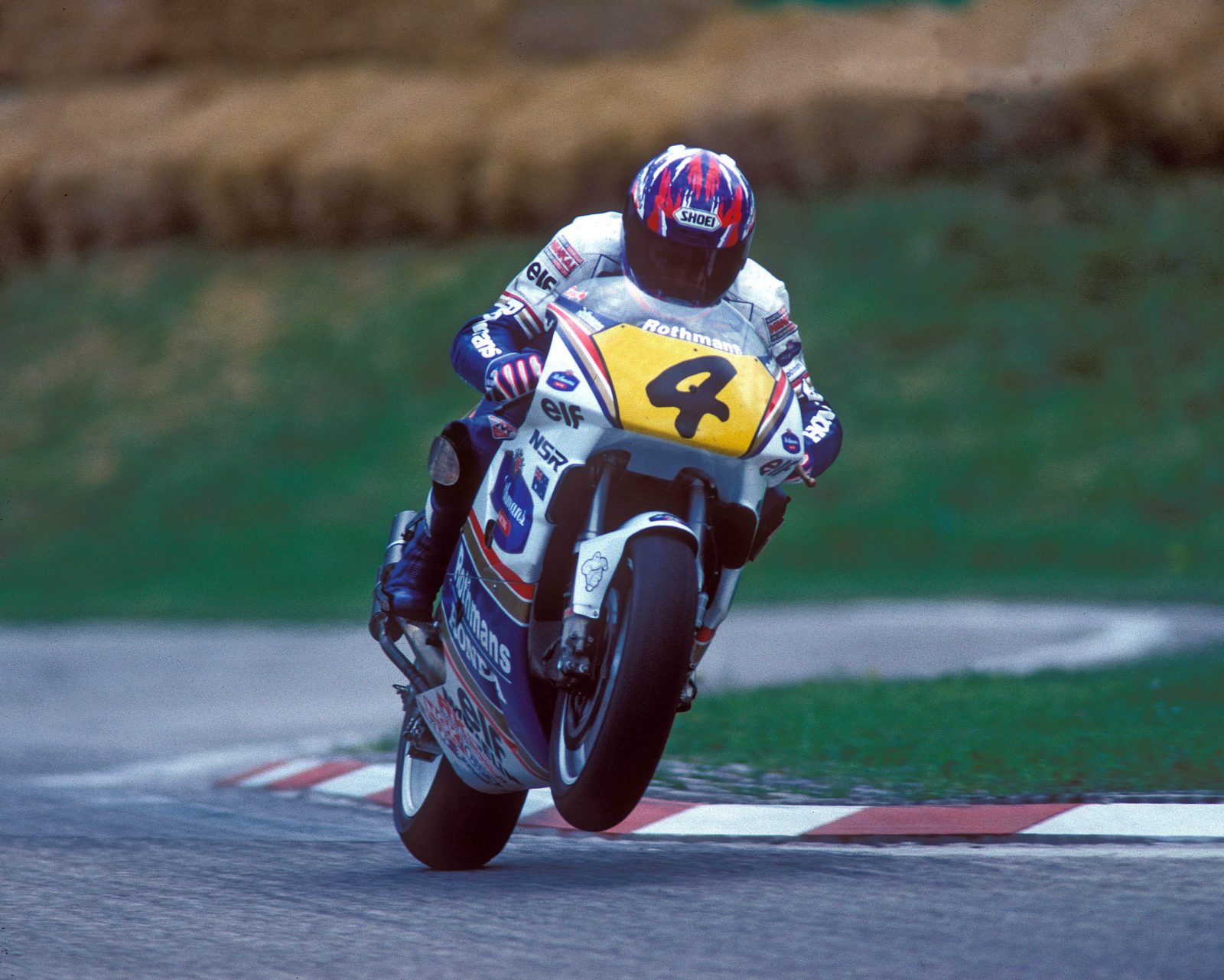
Schwantz went on to win the 1993 500 championship. Rainey, who was paralysed when he crashed at Misano, was second, Beattie third and Doohan fourth. Interestingly, Honda put its fuel injection ideas to one side and used carburettors on NSR500s until the 500s were phased out in 2002.
However, there was a sting for Beattie. HRC wanted to shift him to World Superbikes and race the new RC45 in 1994, so he left and went to Team Roberts Yamaha. It was a tough year. The team was reeling from Rainey’s injury, Roberts switched tyre supplier from Michelin to Dunlop (he kept changing every year from 1989 to 1993) and Beattie lost five toes when his left foot became caught in his drive chain at Le Mans.
“It was the worst year of my career with unreliable bikes and losing my toes.”
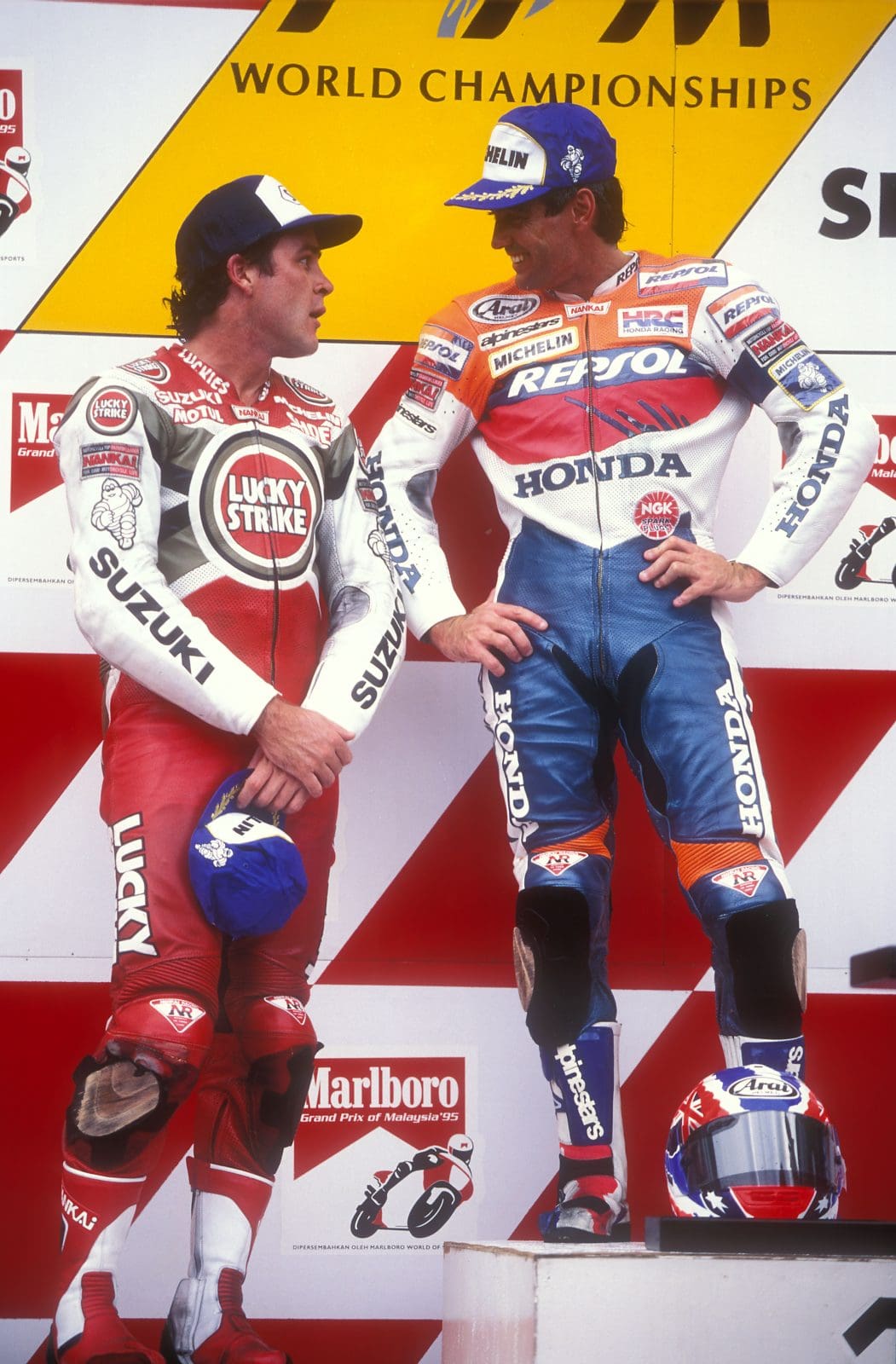
Beattie – now on a factory Suzuki – and Doohan at the Malaysian GP in 1995
In 1995 Beattie changed makes again to Suzuki, winning at Suzuka and Nürburgring, and laying down a serious challenge to Doohan until he crashed and broke his collarbone at Assen.
“Suzuka in 1995 was pretty cool. I had so many years of riding there, beginning with testing a 250, and then doing the TT-F1 and winning the 500 series. I loved the place, the length and variety of the circuit, so it was almost like winning at home. To win a Grand prix at a circuit I loved.

“To pressure Mick into a mistake, in extremely tough conditions; it was even more special than winning at Hockenheim.
“My third win was in Germany again, but this time at Nürburgring. I was in a battle for the championship with Mick. He passed me and had a bit of a gap, then crashed while in the lead. I won by nearly 10 seconds from Luca Cadalora. It was phenomenal to win a grand prix by 10 seconds and a good feeling to be leading the title.
“Then at Assen I broke my collarbone. It was my fault: caught out on the edge of the tyre… Highsided at the hairpin behind the pits.
“I tried to bounce back. Steve Parrish flew me to London in his little plane and I saw Barry Sheene’s surgeon to have it plated and be back for the next race. But I’d lost 25 points (Ed: it was 33 points) and ended up losing the championship by that much.”

From second in the 1995 championship, Beattie’s motorcycle racing career spiralled to retirement in 1997. Violent engine seizures and other dramas caused a series of head injuries, balance problems, broken bones and, in one instance, so much blood in one lung he was in intensive care for a night.
He went on to do TV commentary, explore the outback, pursue his love of flying and, since 2014, has run Daryl Beattie Adventures. His flying these days is ‘Hike ’n’ Fly’… hike to the top of a hill and paraglide to the valley below. Beattie was inducted into AMCN’s Hall of Fame in 2017.
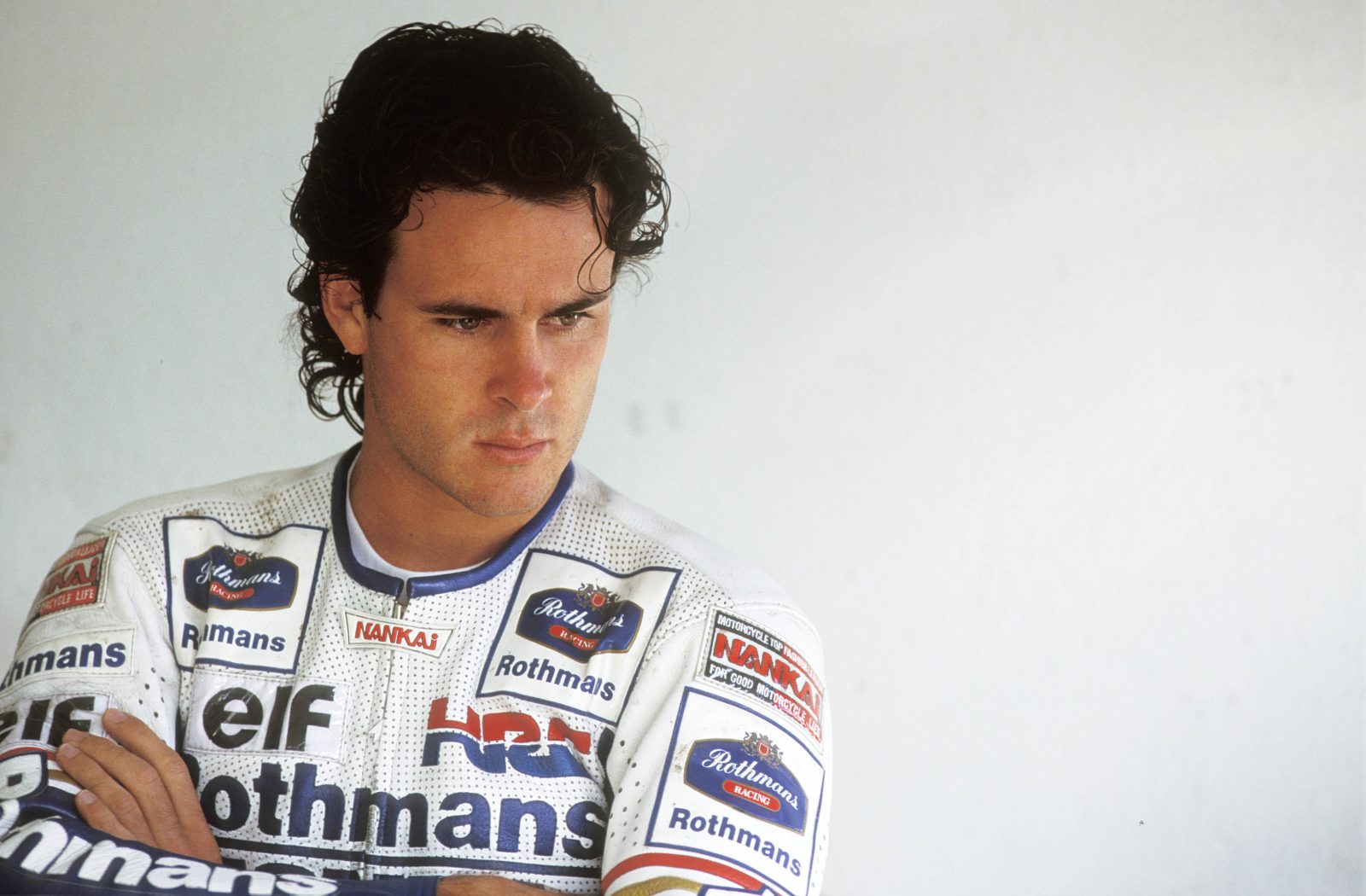
Words Don Cox + Photography Gold&Goose and Beattie archive